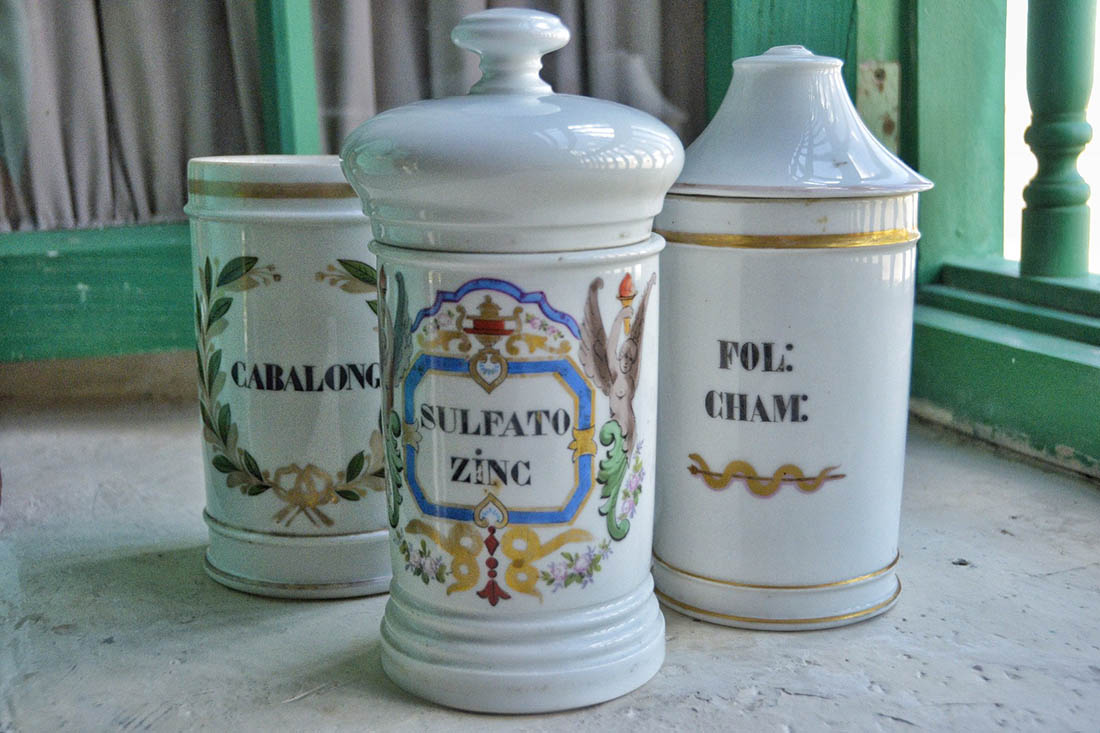When Christopher Columbus arrived in Cuba he realized that the aboriginal population had medicine and primitive pharmaceutical practices. This should not surprise anyone, since the different peoples and cultures of the world have developed methods and techniques to prepare and preserve “remedies” or medicines, even papyri dating back to 1500 BC speak of this type of skills
In Cuba
According to the article “Historical Notes on the Pharmacy in Cuba”, the first news about the art of healing on the island dates back to 1519, when an expedition headed for Mexico headed by Hernán Cortez, in which a young soldier surnamed Murcia was acting as as apothecary. In addition, it indicates that on February 26th, 1569, Mr. Gamarra was authorized to practice the three branches: medicine, surgery and apothecary; this being the only one who could give consent for others to practice.
Already by the year 1598 there were two apothecaries in Havana, that of Sebastían Milanés and that of López Alfaro, which received medicines from Castile, which is why in most cases they were in poor condition.
In Camaguey
The first apothecary that there are references to in Puerto Príncipe is that of Francisco Casado, in 1736, although it was not until the 1930s that the profession began to take off, after the company was founded in 1833. Royal Superior Governing Board of Pharmacy; with the aim of training pharmacists and allowing foreign graduates to exercise the profession.
According to the researcher Kezia Henry, from that date some of the best known pharmacists in the territory were: Juan Moya, Rafael Varela, Miguel Mojarrieta, José Porro, B. Andrades, J. Xiques, N. Porro, Salvador Ramos, N. Rodríguez, S. Menéndez and Felipe García.
The memory
Currently, both the Ignacio Agramonte Provincial Museum and various municipal museums hold collections of items used by the first pharmacists in the territory. In this regard, the MSC. Gloria Santos Luna reports that the Provincial Museum has glass jars to store pharmacy products, knobs with lids, scales, siphons, homeopathic cases, mortars, test tubes, funnels, graduated cups; among other items belonging to Fernando Betancourt and a porcelain pill box related to the Xiques Pharmacy. It should be noted that the conditions are being prepared to enjoy these collections in an exhibition room of the San Juan de Dios Museum, a site that for many years was a hospital and in which pharmaceutical practices were carried out.
Santos Luna also mentions that the Vertientes Museum has a mortar from England from 1940, made of marble, which was used by the first pharmacist of that town, Hermenegildo Díaz Reyes.
Lastly, she adds that the Museo de Minas has a collection made up of pieces used by José Aurelio Menéndez García, the first local doctor. In it stands out a graduated cup, stirrer, jars, flask, mortar, predominating glass and marble as the main manufacturing materials.
Translated by: Aileen Álvarez García






